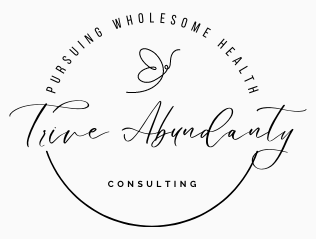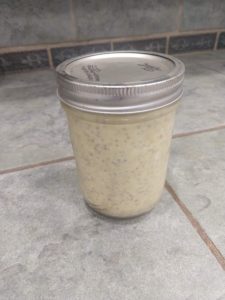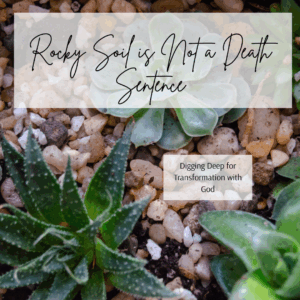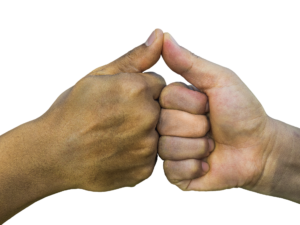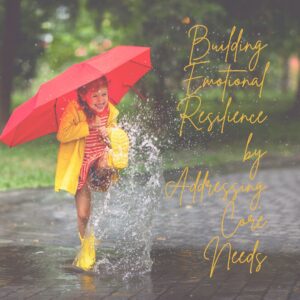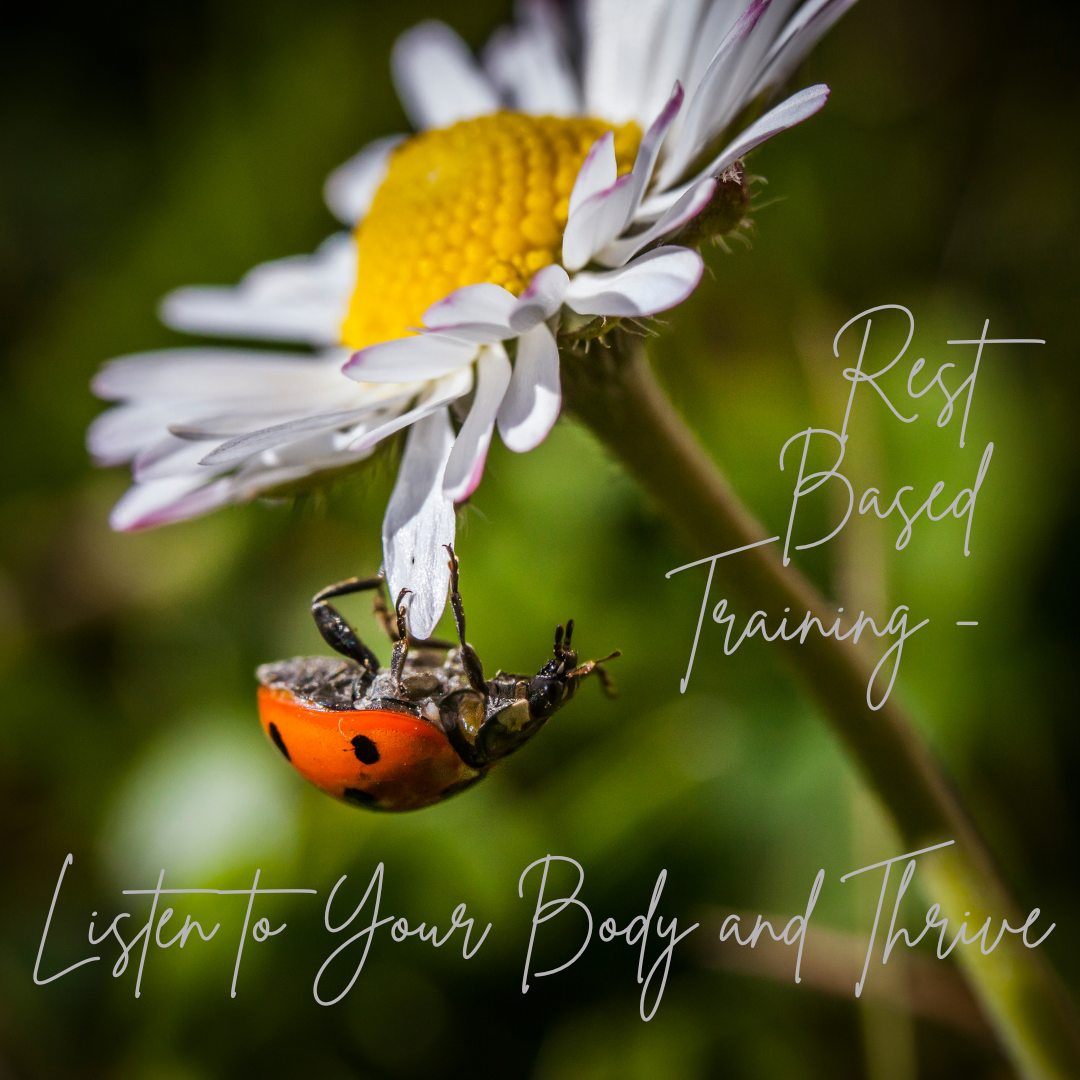Hey everyone! In our last post, we talked about how to make cardio work for us rather than against us. Today, I want to share another way I’ve incorporated workouts into my life: weight-bearing exercise. As you might know, muscle mass starts to decline from our forties onward, and the rate of loss increases each decade. This is why we tend to get weaker as we age.
But there’s good news! Weight workouts that help maintain existing and build additional muscle mass can be combined with the HIIT principles we’ve already discussed, so you can pack even more benefits into one session. We know HIIT is fantastic for heart and lung health, boosts immunity, creates lots of energy, and has beneficial effects on your skin, sleep, and stable energy levels throughout the day.
The workout I’ll tell you about today also kicks in human growth hormone (HGH) and helps create energy. Who wouldn’t want more energy, right?
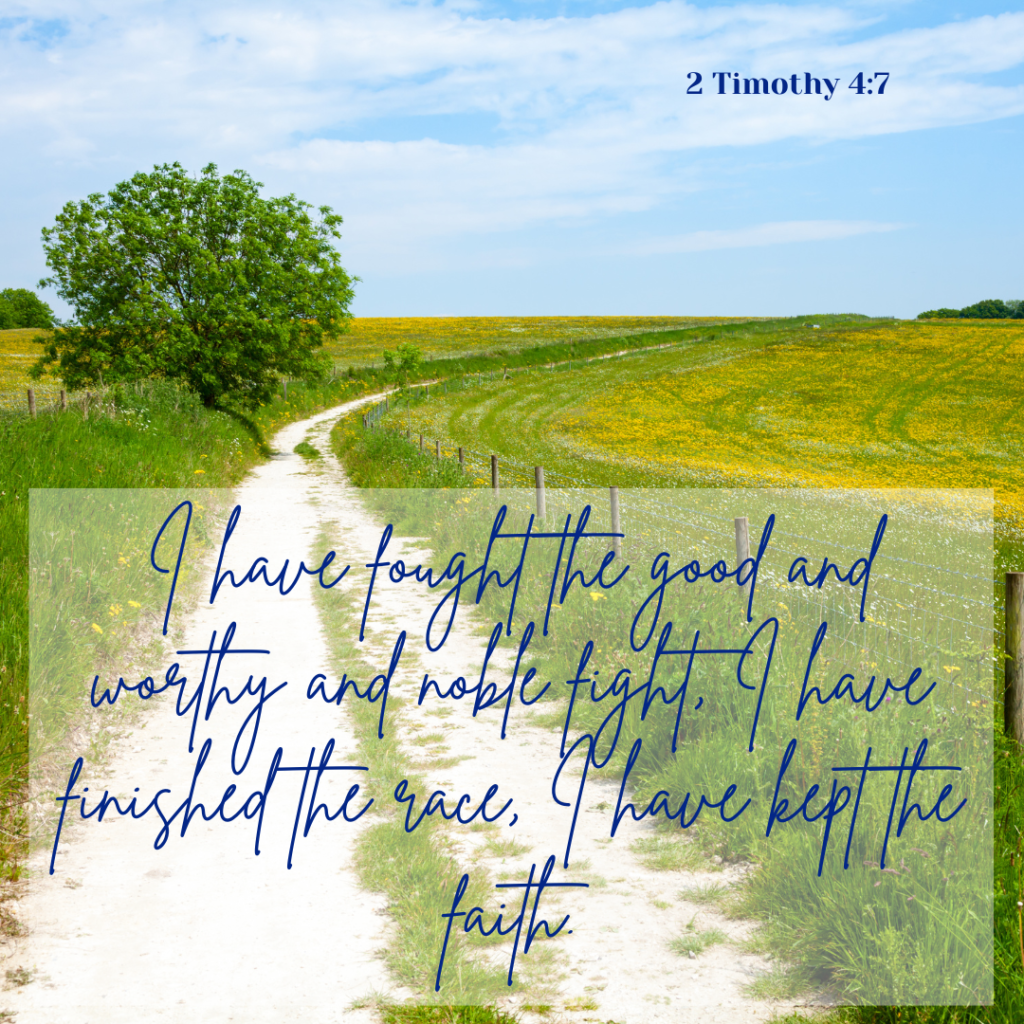
When you exercise, your body kicks into gear and starts producing more mitochondria. Mitochondria are your body’s energy factories, and a single cell can have up to 100 of these tiny powerhouses! So, even if you’re feeling low on energy right now, keep at it. Every day you put in the effort, your body is busy producing more of these energy factories. Stick with it, and before you know it, you’ll be walking longer, working longer, and just plain enduring more—all thanks to those mighty mitochondria!
Let me share how I’ve tailored my workout routine to fit seamlessly into my life. Just like we learned to listen to our hunger and fullness signals in our eating lessons, we can trust our bodies to tell us when it’s time to pause during exercise. This principle applies wonderfully to working out too.
For years, I thought we had to push ourselves to the limit to see results. While that can be true in some ways, I found something even better: Rest-Based Training. Since discovering it, I haven’t looked back. The idea is simple: push yourself until you can’t go any further, regardless of how many more reps or minutes you think you should complete. Then, rest until you’re ready to go again. Instead of a video or a trainer dictating your rest periods, you let your body guide you.
Instead of powering through until you collapse, you tune into your body’s signals—like the burn in your muscles and the heaviness of your breath. When you need a break, you take one. You don’t even stop the clock. Let it run, rest as long as you need, and then jump back in when you’re ready for another round. It’s all about working smarter, not harder. And the best part? It can be over in as little as 15 minutes. It’s wonderfully efficient!

It’s a modified approach to HIIT that tailors your workout to match your body’s cues. I love it because it considers your individual fitness level and how your body responds during exercise. For instance, if you’re experiencing high cortisol levels, pushing yourself too hard could actually elevate cortisol further. So, when you start feeling the burn, heat, or heavy breathing, it’s a clear sign to take a break—simple as that. Those signals also indicate that HGH is getting activated.
You can start with no weights at all, just focusing on muscle engagement. By that, I mean really squeezing your muscles as you move. You’ll be surprised at how effective this is. You can stick with muscle squeezes if your physical limitations require it. I love this approach because it helps those of us who thought we couldn’t do certain exercises realize that there are still plenty of things we can do—even sitting down, you can squeeze and tighten your legs and arms.
As you progress and find yourself breezing through workouts without needing a break, that’s your cue to gradually add weights or resistance bands. You’re in control, deciding when and how much to step up the intensity.
Circling back to cortisol, the stress hormone that can throw our metabolism out of whack, exercise does spike cortisol temporarily. But it’s the chronic stress—the kind where cortisol is constantly on overdrive—that really messes with our system. We need to find that sweet spot, where we’re staying active without constantly revving up our stress levels.
Our adrenal glands play a big role here, churning out cortisol in response to stress. In the short term, this hormone surge can actually be beneficial, triggering catecholamines for that afterburn effect. But for long-term hormonal harmony, we need to embrace a lifestyle focused on rest and rejuvenation. Rest and renewal should be part of your routine because they help dial down cortisol levels after a workout and restore balance.
Whether it’s a leisurely stroll, a bit of gentle gardening, or cozying up with a good book or your furry friend—whatever helps you unwind, schedule it in like you would a workout. These relaxation activities are just as crucial for your well-being as working out. Walking, as I talked about in the previous post, is a natural stress-buster. That’s why I make it a point to walk for at least 20 minutes every day, rain or shine. I like to do it right after my cardio/weight workout because it immediately brings down stress. I also love finishing with some foam rolling to keep my muscles and ligaments relaxed.
Stretching can be a wonderful relaxation activity on its own, but when you stretch right after your body has warmed up from exercise, your muscles respond best. There are so many stretches that it can feel overwhelming, but if you let your body be your guide, it will pretty much customize your stretch for you. I pay special attention to areas that feel tight and don’t worry about other areas too much. It’s my way of keeping those hormones in check and setting the stage for sustainable health and vitality.
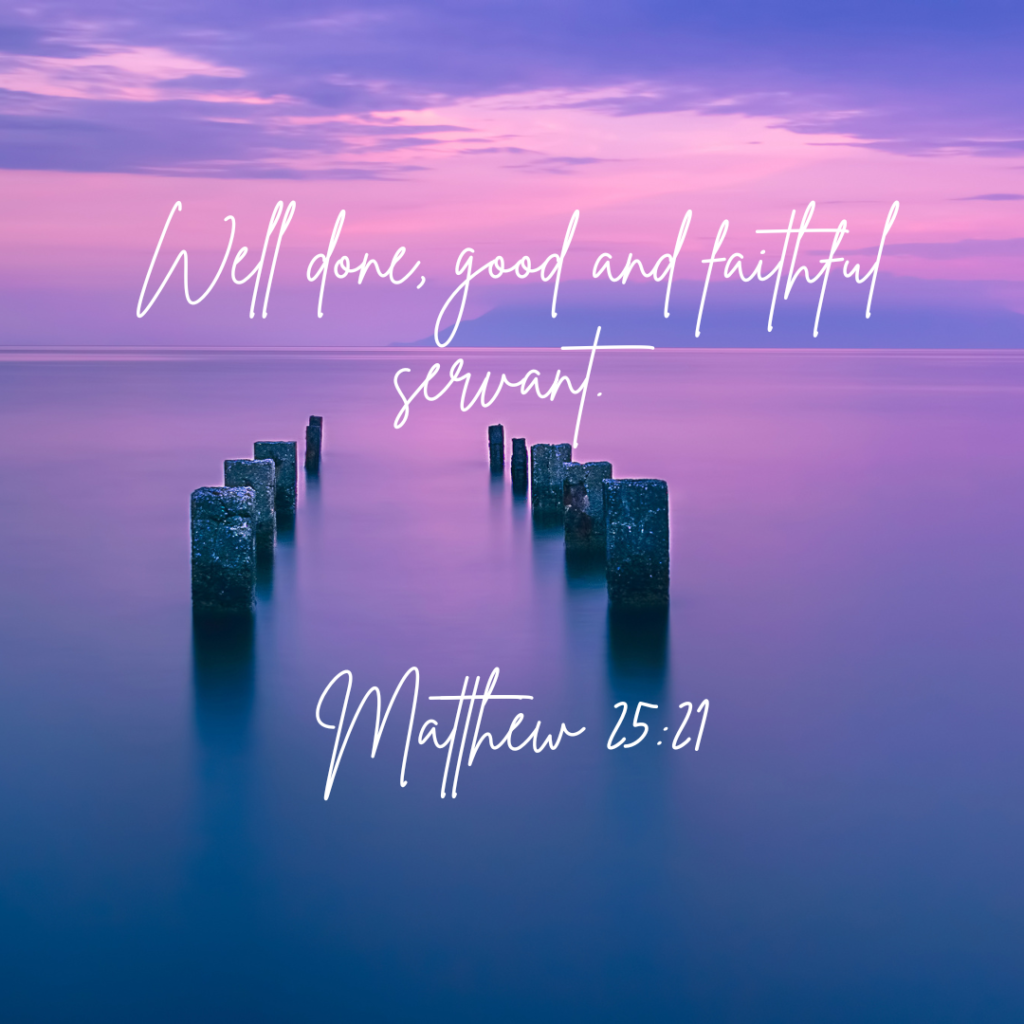
At the end of the day, our goal is to live fully so we can pour our energy into the things that matter most—serving our purpose in God’s kingdom. That is why we want to find a good sustainable balance in what we do.
One way to tell if your balance is on point is by paying attention to your body. You’ll know you’re getting it right when your hunger stays in check, your energy levels are steady, and those pesky cravings aren’t ruling your life. Have you ever had a sudden urge to raid the fridge? Sometimes it’s just emotions playing tricks, but other times, it might be a sign you pushed a bit too hard in your workout. The same goes for feeling wiped out or unusually ravenous. When you notice these things, take a moment to see if you might have overdone it in your last workout or two.
There are plenty of tweaks you can make to fine-tune your approach, but it’s tough to give personalized advice to everyone. That’s why I’m here, ready to chat one-on-one and tailor a plan just for you. If you prefer going solo, check out the programs by Jade Teta—he’s got some solid stuff. Here’s a free gem for you: this workout series on YouTube has about 30 workouts, each just 15 minutes long, and they’re perfect for every level. Plus, you get to take breaks whenever you need. It’s a great way to find your exercise groove without all the guesswork.
Wrapping things up, let’s remember why exercise is so crucial—it lowers our stress levels for optimal health, helps us stay fit, and fuels our bodies and minds for the work we’re called to do. And when it comes to getting the most bang for your buck, you can’t beat HIIT. It’s quick, it’s adaptable, and it works with pretty much any exercise you fancy.
So, here’s my challenge to you: find an exercise you love, turn it into an interval workout, and give it a whirl. Start with just one cycle and see how you feel. Pay attention to how quickly you recover—that’s your barometer for progress.
For encouragement, motivation and inspiration, I’ve got a song called “Well Done” that I hope resonates with you. It’s not about earning God’s approval through exercise, but about embracing the journey and the good work we’re called to. So, as you dive into this, know that I’m rooting for you! And if it all feels like too much right now, no sweat. Sometimes, you just have to let things marinate and trust that God will show you the way. Just remember, there’s a path forward for everyone—you included.
